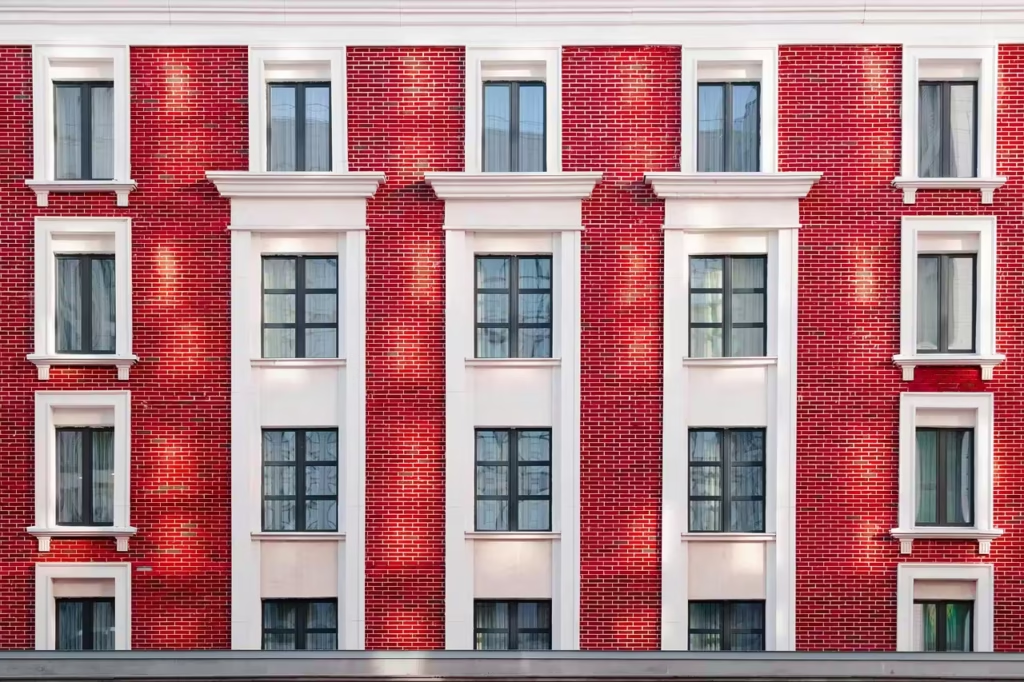Some rooms make you breathe deeper the moment you walk in. You don’t quite know why, but something shifts—your anxiety eases, your mind clears. That’s no accident. And it’s not magic either. It’s neuroarchitecture design: the discipline that transforms spaces into extensions of human well-being.
Far from surface-level decoration, neuroarchitecture design asks:
How does the shape of a ceiling influence your memory? Why can a curve calm you more than a straight line? How can lighting help you sleep better, think better, live better?
A Design That Reads You Without Words
This fusion of neuroscience and architecture doesn’t design for appearance—it designs for experience. It draws on research about how the brain processes light, color, texture, and order to create spaces that genuinely make you feel better.
Some of its key principles:
- Natural light and biological rhythms: help regulate sleep and mental clarity.
- Textures that invite touch: reconnect you with the sensory world in a digital age.
- Thoughtful acoustics: silence can restore like a good nap.
Not Luxury—Health
You don’t need to build a new home to apply neuroarchitecture design. Sometimes, it’s just a matter of conscious choices: moving a chair, removing visual noise, opening a window that’s been overlooked. This isn’t about living “nicer,” it’s about living more human.
An Invitation
Pause for a moment and look around.
Does your space support you—or drain you?
Does it soothe you—or demand from you?
Neuroarchitecture design doesn’t promise perfection, but it offers a new perspective: creating spaces that know what you need—even before you do.

